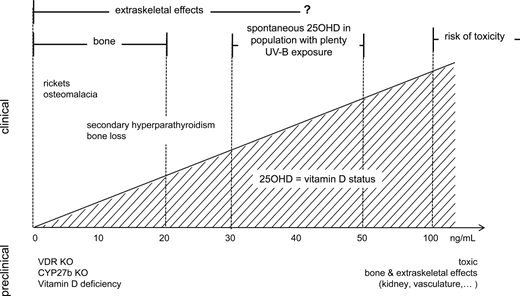Tarmander
Member
- Joined
- Apr 30, 2015
- Messages
- 3,772
My random no evidence seat of my pants theory is that there are genetic mutations which prevent absorbing too much vitamin D from Sunlight, and these are mostly in white people. I imagine that in Northern climates, the vitamin D levels would be pretty constant, but sometimes an excess of sunlight in a year could pose a risk, and genetic mutations were adapted that provided robustness in those times. The opposite risk, of too little sunlight, would be accompanied by famine and other problems before too little vitamin D would become a real problem.
In our times, the people who are getting auto immune issues are these people, again, from my observation, mostly white people. There is some risk of too much vitamin D absorption, and these immune issues are in people who are equipped to handle too much D.
In our times, the people who are getting auto immune issues are these people, again, from my observation, mostly white people. There is some risk of too much vitamin D absorption, and these immune issues are in people who are equipped to handle too much D.

